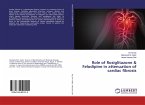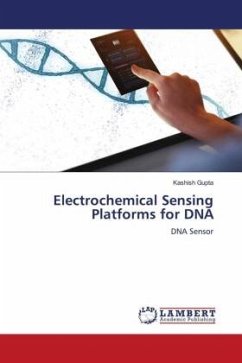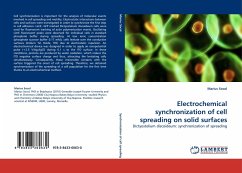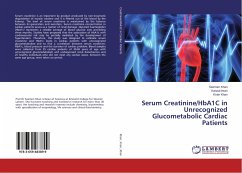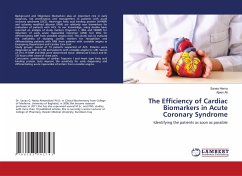Immunosensors rely on antibody-antigen binding with a range of possible detection methodologies. In this study, electrochemical impedance spectroscopy (EIS) was used to monitor the sensor surface assembly and recognition of three different analytes of cardiac pathology, myoglobin, cardiac troponin I (cTnI) and soluble lectin-like oxidized LDL receptor-1 (sLOX- 1). Myoglobin is rapidly released into the circulatory system after an acute myocardial infarction (AMI) and rapidly rising levels make it the first biochemical marker of myocardial damage, whereas, cTnI is more persistence and specific making a diagnosis more reliable. Circulating levels of sLOX-1 serve as a marker for plaque instability or rupture before an AMI becomes apparent and facilitates early diagnosis of acute coronary syndrome (ACS). The immunosensors were able to detect a clinically relevant range of analyte concentrations. Quartz crystal microbalance and atomic force microscopy studies were carried out to elucidate binding characteristics and surface nanotopography. Additionally, radio-labelling studies were carried out to determine the apparent binding affinity (kd) of the immunosensors.


